The Ohio State University Archives would like to wish a happy Pride to all of our friends in the LGBTQ+ community! Pride is an annual month-long celebration and protest remembering the struggles of LGBTQ+ community both past and present. The tradition of Pride began on June 28, 1969, when a police raid on the Stonewall Inn, a gay bar in New York City, escalated into a riot against police abuses that lasted for days. Police raids on “gay spaces” were a common practice in the twentieth century, with many on the receiving end experiencing police misconduct in the forms of assault and humiliation tactics. With the Stonewall Riots came a new wave of movements dedicated to LGBTQ+ rights unlike those before.
The Ohio State University and the city of Columbus felt that wave. Organizations dedicated to promoting gay liberation and creating safe social spaces for gay students at OSU began to form and vocalize themselves. The Ohio State chapter of the Gay Liberation Front (GLF), which gained official recognition by the University in March of 1971, sponsored and organized many events in the summer of that same year. These included educational events, guest speakers, film screenings, organizational meetings, and, of course, social dances. Mass meetings were held regularly at Saint Stephens Episcopal Church on Woodruff Avenue, dances took place every Monday at the Newport Music Hall (then the Agora Ballroom), and a GLF sponsored event featuring activist Frank Kameny took place in the Ohio Union.
After succeeding the GLF in autumn of 1971, the Gay Activists Alliance (GAA) continued the task of organizing the gay community. In addition to providing social events such as dances, the GAA provided counseling services to individuals. By 1975 the dances held at the Ohio Union stopped due to frequent harassment, but the Alliance continued to operate its counseling services from its office in the Ohio Union. In a Lantern article from January 1975, Robert Smith, a sophomore, said, “People call just to hear another gay person’s voice. They may call and just hang up several times before they get the courage to say anything.” The counseling was intended to help gay individuals accept themselves, though severe and complex individual situations were often referred to outside counselors.
Additionally, the GAA, having been funded in part by the Undergraduate Student Government, also began publishing its own newsletter called the Columbus Gay Activist, in 1971. The publication caused some controversy the next year, however, when it was denied funding by the Office of Student Accounting. Fearing legal reprisal over an article in the October 11, 1972, issue of the Activist, University legal counsel Jacob E. Davis instructed the auditing office to deny funds, claiming the article, which was about anal sex, would have violated state and local obscenity laws. Affording the money to the GAA and its newsletter would have therefore opened the University open to lawsuits for the misuse of state funds, according to Davis. Although the Archives contains records of the Gay Activist Alliance meeting with then-University President Harold L. Enarson and then-Executive Vice President Edward Q. Moulton, it is not clear how this situation was resolved.
Although this history of LGBTQ+ activism on Ohio State’s campuses is greater than what has been presented here, it is important that we share what we can this Pride season. Stonewall occurred in New York City, but the LGBTQ+ community continues to exist everywhere.
Written by John Hooton









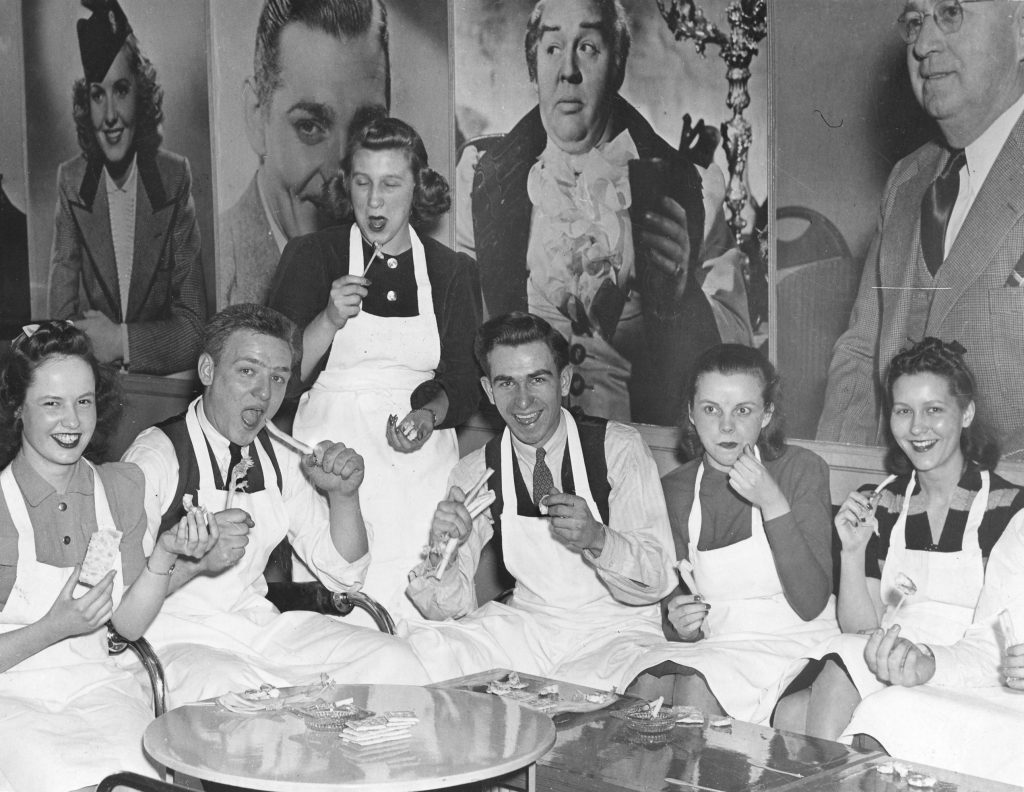
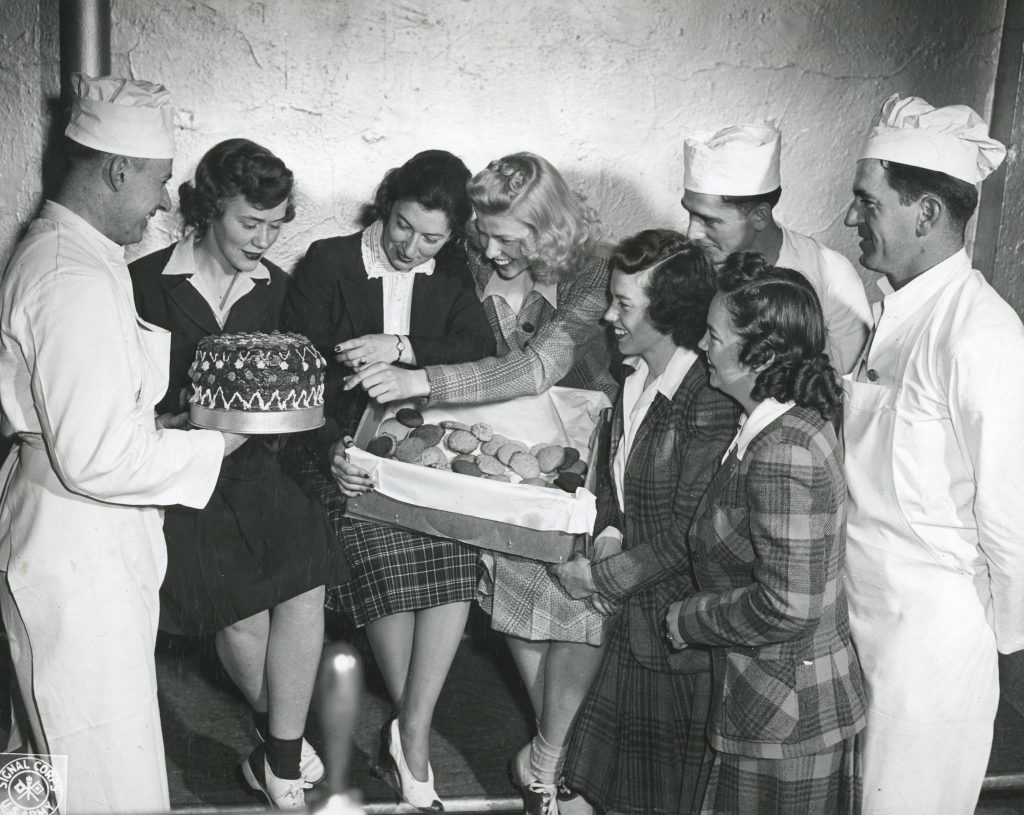
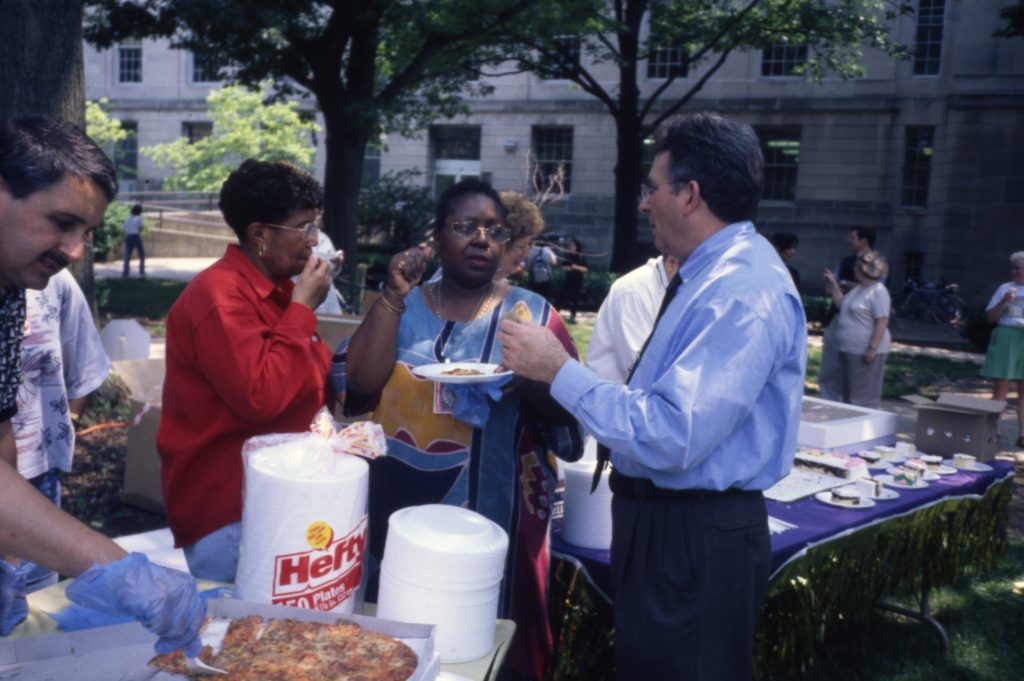

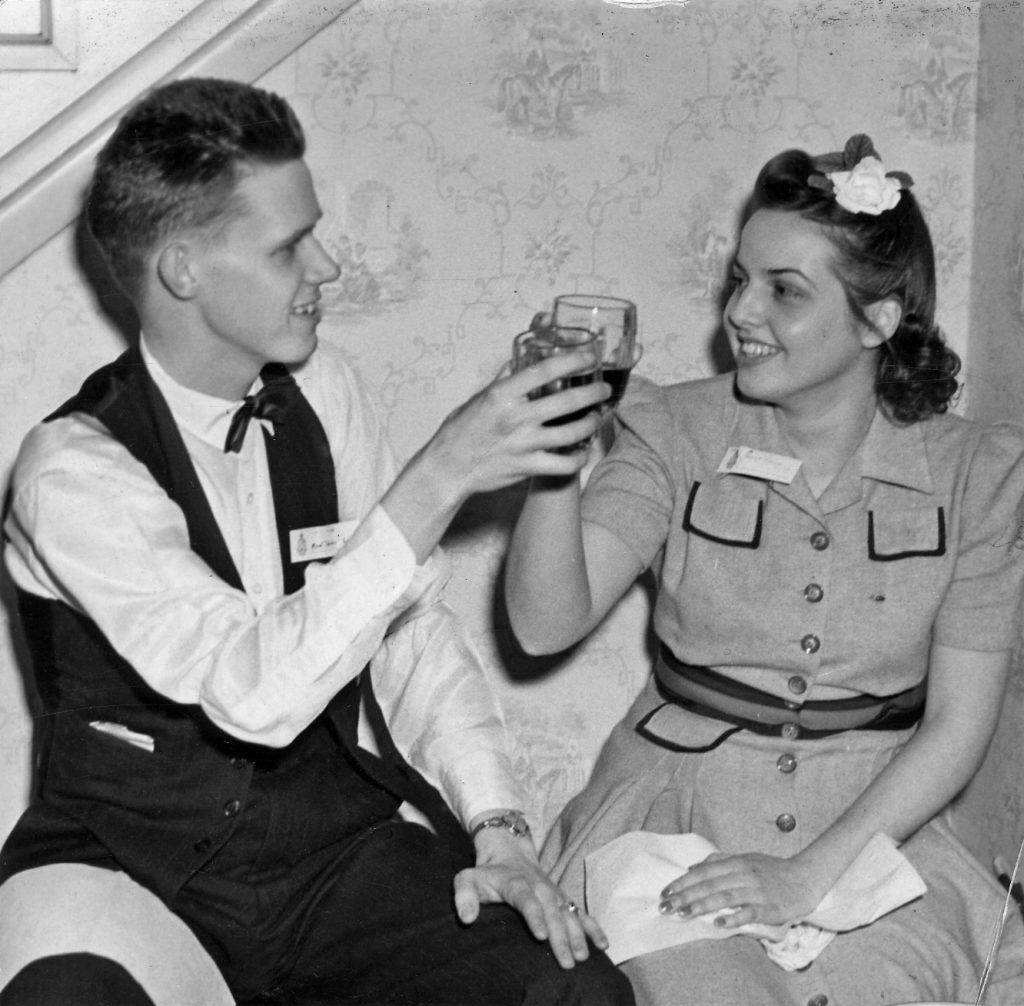

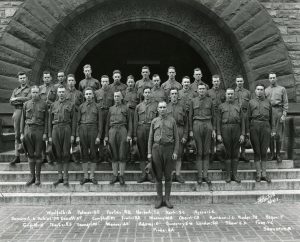


Recent Comments